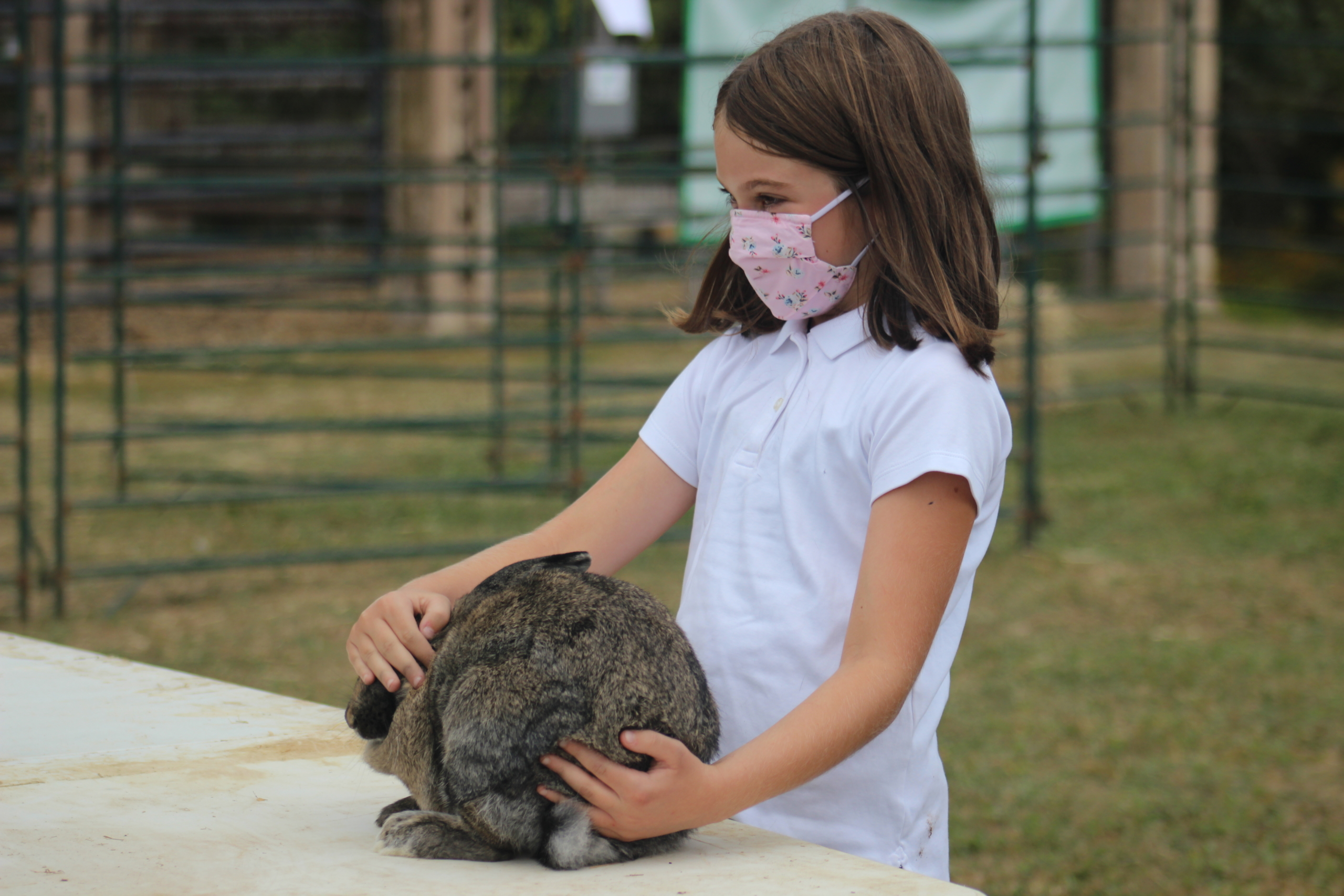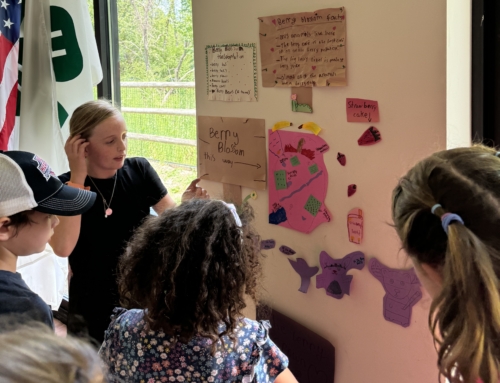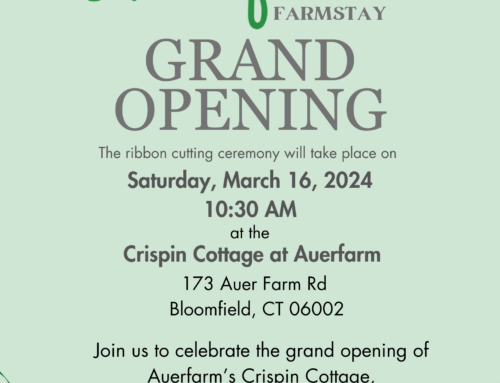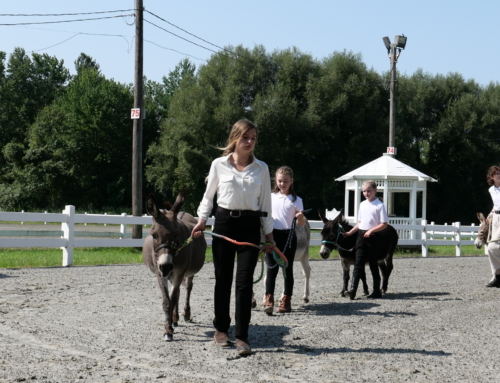The first “H” in 4-H stands for Head; “Head to clearer thinking.” One of the key concepts in 4-H is education; allowing youth the opportunity to learn new things through projects and programs. 4-H allows youth to be actively engaged in their own learning. In addition, 4-H makes youth participants, rather than recipients, in the learning process. One of the main goals in 4-H is to have youth develop life skills that help them succeed. Some of these life skills include leadership, responsibility, dedication, communication and self-confidence.
The second “H” in 4-H stands for Heart; “Heart to greater loyalty.” In 4-H, youth are taught to be reliable and loyal in their heart and understand what it means to take responsibility for their projects and to follow through. 4-H also gives youth positive relationships with adults and peers through leaders and teens. Caring for others and their projects is also a trait that relates to the “H” for Heart.
The next “H” in 4-H stands for Hands; “Hands for larger service.” 4-H’ers are busy with their hands all year long learning new things and caring for their projects with hands-on experiences. Another way 4-H’ers use their hands is by giving back to the community. Part of 4-H is teaching youth the importance of serving the community, country and world.
The last “H” in 4-H stands for Health; “Health to better living.” Knowing how to cook and grow food, and appreciating art allows 4-H’ers to gain an understanding of how the world works and how to live healthy. Projects such as photography, canning, arts and crafts, sewing, collections, and cooking help youth realize what it takes to have a healthy lifestyle and how to spend their leisure time. 4-H also strives to make sure youth are physically and emotionally safe.
By putting all the “H”s together, we get the 4-H pledge:
I pledge:
My Head to clearer thinking
My Heart to greater loyalty
My Hands to larger service
My Health to better living
For my club, my community, my country and my world.






